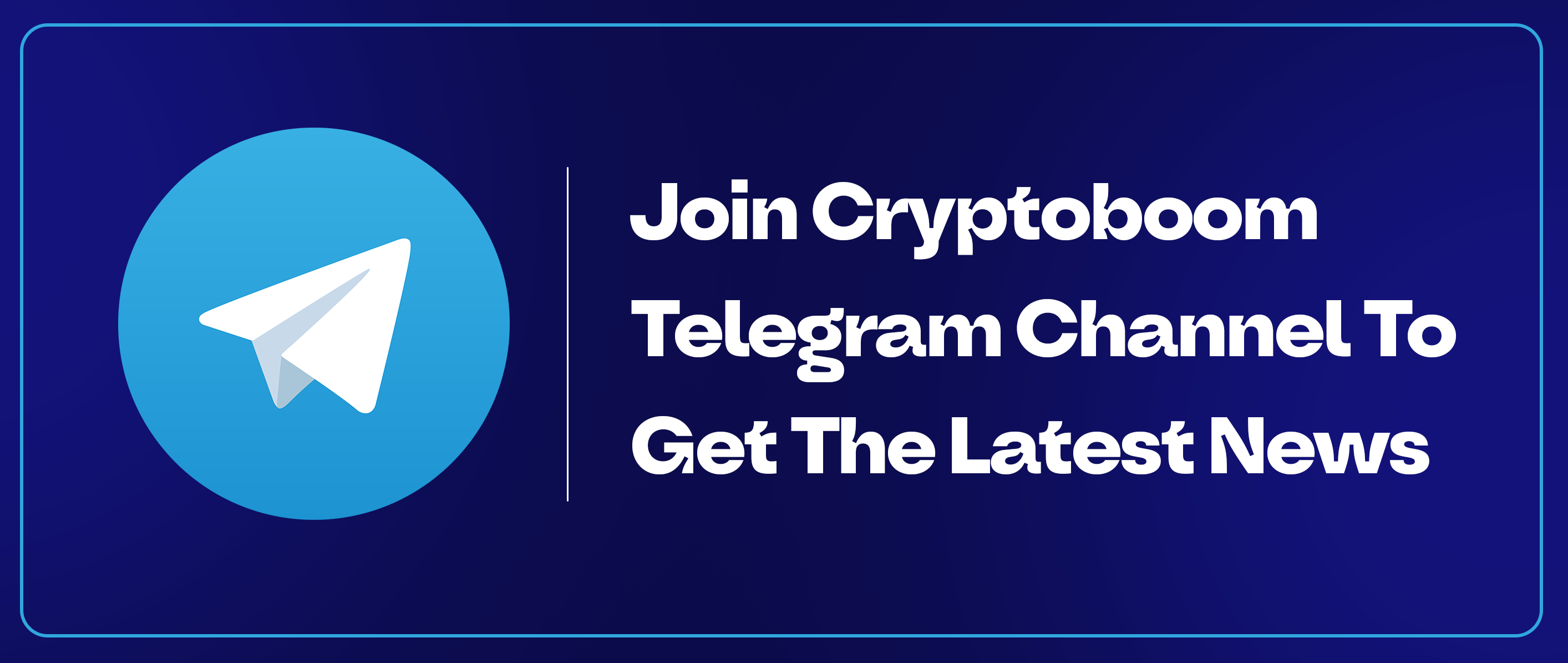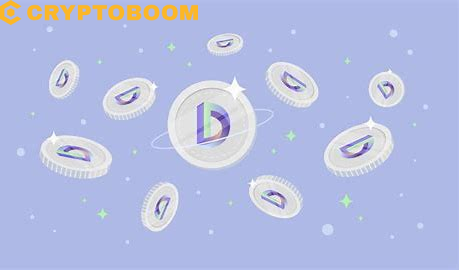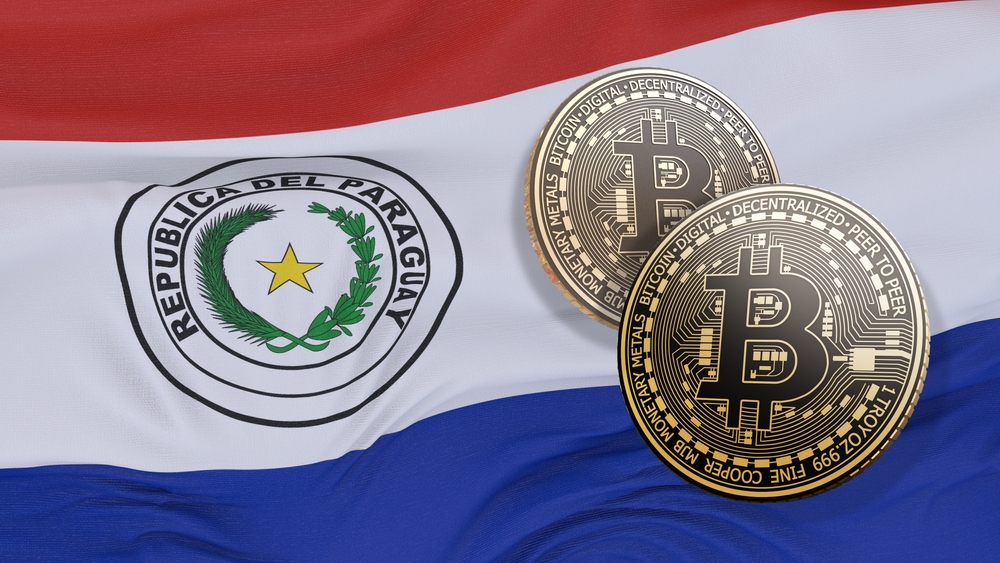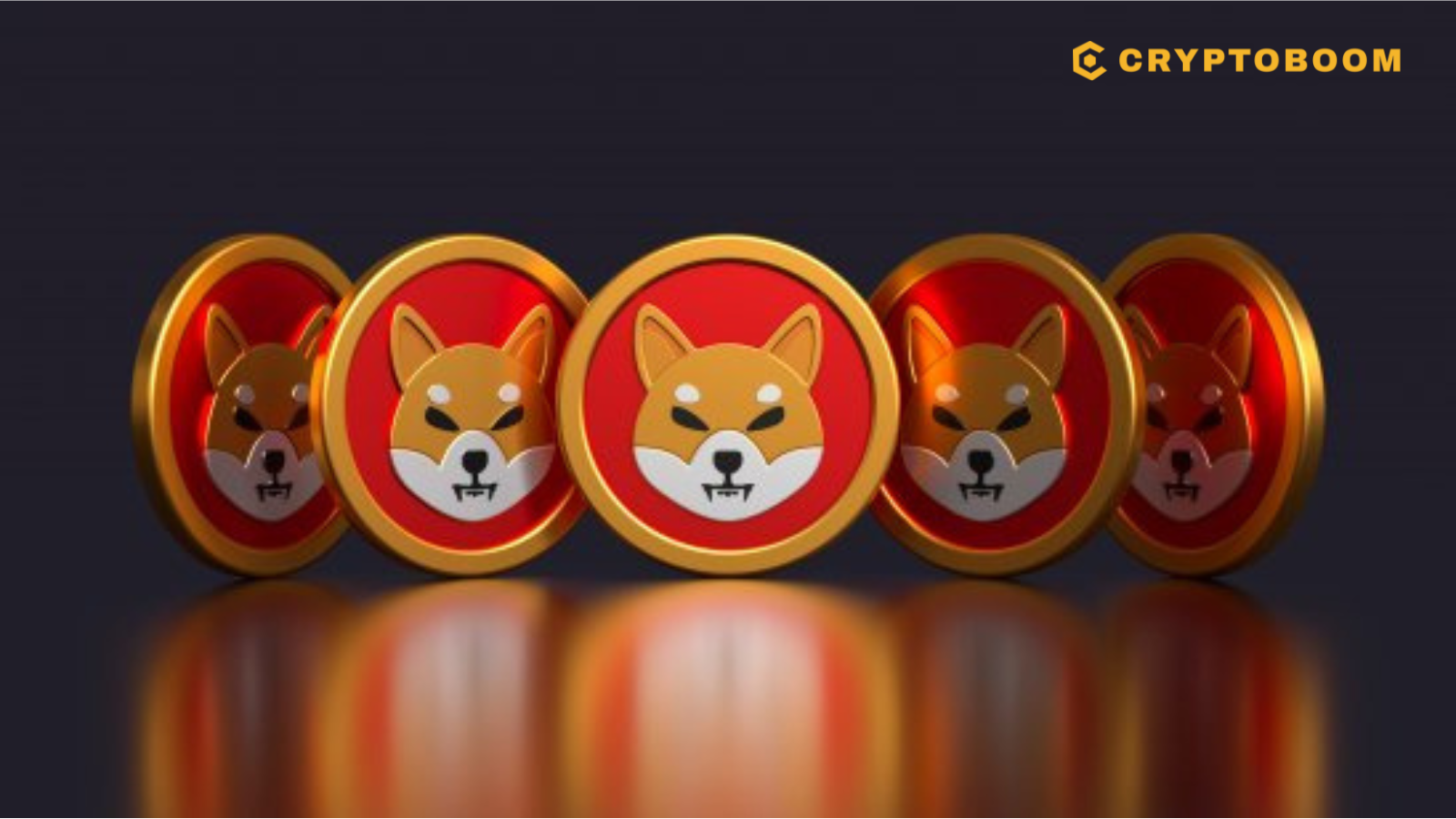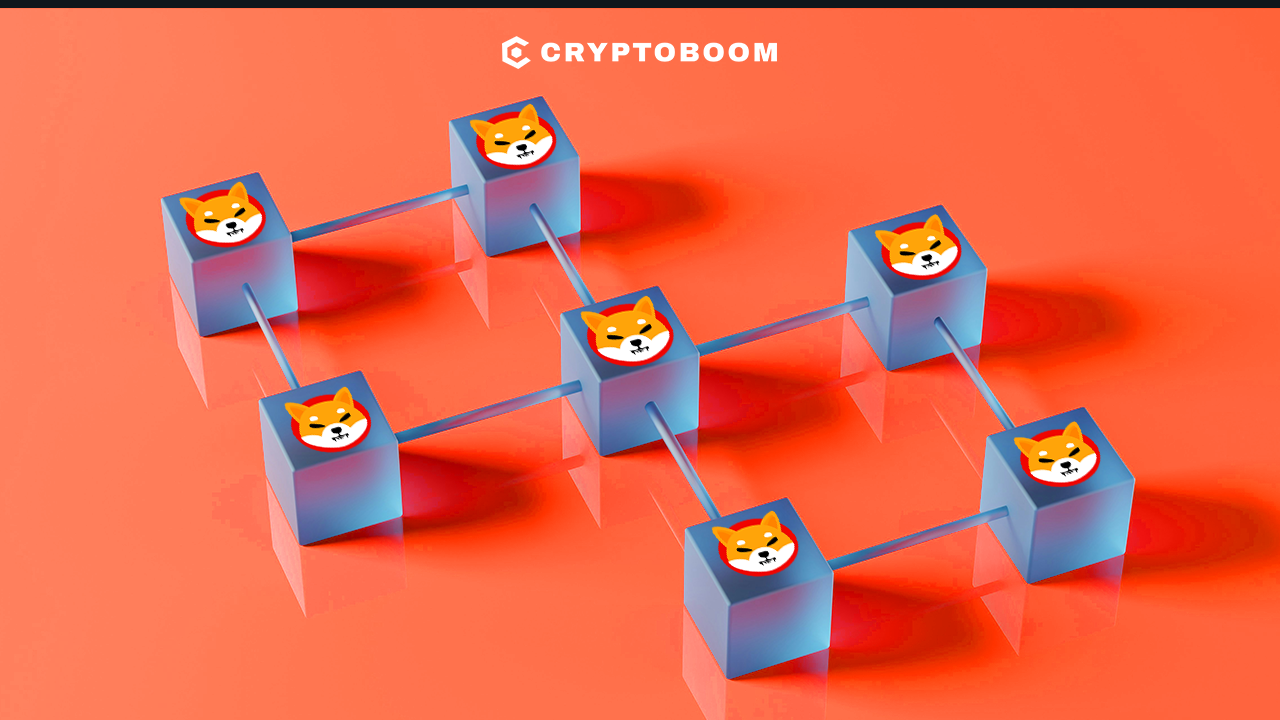In recent years, the influence of cryptocurrencies has grown exponentially, transforming the landscape of finance and technology. Blockchain technology, which underpins these digital assets, has enabled the creation of decentralized finance (DeFi), where financial transactions and services operate without intermediaries. This shift promises greater transparency, efficiency, and accessibility. Among the many players in this space, DIA (Decentralised Information Asset) stands out for its focus on providing reliable and transparent financial data through decentralized oracles.
DIA’s mission is to create an ecosystem for open financial data, connecting data analysts, providers, and users in a decentralized environment. This article explores DIA’s unique features, historical context, and provides detailed price predictions for the years 2024, 2025, 2030, and 2035. Additionally, it examines whether DIA is a worthwhile long-term investment.
Cryptocurrency Overview
What Is DIA (DIA)?
DIA is an open-source oracle platform that facilitates the sourcing, supply, and sharing of trustworthy financial data. It aims to be a comprehensive ecosystem for open financial data within the DeFi space, linking data analysts, providers, and users. By doing so, DIA creates a reliable and verifiable bridge between off-chain data from various sources and on-chain smart contracts. This enables the development of a wide array of financial DApps.
The governance token for the DIA platform is also named DIA, which currently operates on the ERC-20 Ethereum protocol. The project was founded in 2018, with the token becoming available to the public during a bonding curve sale from August 3 to August 17, 2020, during which 10.2 million tokens were sold.
Founders of DIA
DIA was co-founded by a group of a dozen people, with Paul Claudius, Michael Weber, and Samuel Brack as the key leaders.
- Paul Claudius: The face and lead advocate of the project, Claudius holds a master’s degree in international management from ESCP Europe and a bachelor’s in business and economics from Passau University. He is also a co-founder and CEO of BlockState AG and C Ventures. Before his involvement in crypto, he worked as a director for a nutrition company called nu3.
- Michael Weber: Weber serves as the Founder and Association President of DIA. He holds degrees in management from ESCP Business School and in economics and physics from the University of Cologne, Germany. He has worked in several banks and financial institutions and has founded projects such as Goodcoin, myLucy, and BlockState.
- Samuel Brack: Brack is DIA’s CTO and has a master’s degree in computer science from Humboldt University of Berlin, where he is also pursuing a PhD. He shares leadership roles at BlockState with Claudius and Weber.
What Makes DIA Token Unique?
DIA aims to solve the problem of outdated, unverified, and hard-to-access financial data in the DeFi world. It proposes a system of financial incentives for users to maintain the flow of open-source, validated data streams to the oracles. The DIA governance token is used to fund data collection, validation, governance decisions, and platform development. Users can stake DIA tokens to incentivize the appearance of new data on the platform. Access to historical data through DIA is free.
Tokenomics and Circulation
The total supply of DIA tokens is capped at 200 million. The initial distribution was as follows:
- 10 million tokens were sold at a private sale.
- 19.5 million tokens are with early investors and advisors, with Outlier Ventures being the largest holder.
- 30 million tokens were offered for a bonding curve sale in August 2020, out of which 10.2 million were sold to the public, and the remaining 19.8 million were burned.
- 24 million tokens are allocated to founders and team members with a 29-month vesting period.
- 25 million tokens are locked for future development of the DIA ecosystem.
- 91.5 million tokens are in the company’s reserve, to be unlocked in equal parts over 10 years every December. Following the first unlock, half of these tokens were burned based on a community vote.
Smart contracts using DIA oracles receive DIA Governance Tokens daily through mechanisms called “proof-of-use” and “proof-of-truth.”
Read more: Bella Protocol (BEL) Price Prediction 2024, 2025, 2030, 2035 | Is Bella Protocol Worth Holding?
How Is the DIA Network Secured?
DIA is an ERC-20 token, relying on the Ethereum network for its functionality, which inherits both its strengths and weaknesses. The Ethereum network is highly decentralized and secure, protected by the Ethash proof-of-work function. However, Ethereum’s congestion can lead to high transaction fees and delays, which affect all tokens operating on the network.
DIA (DIA) Price Predictions by Year
Predicted Prices
| Year | Maximum Price | Average Price | Minimum Price |
|---|---|---|---|
| 2024 | $1 | $0.9 | $0.8 |
| 2025 | $3 | $2.5 | $1.9 |
| 2030 | $5 | $4.5 | $4 |
| 2035 | $8 | $7 | $5 |
Detailed Yearly Predictions
2024 Price Prediction
- Maximum Price: $1
- Average Price: $0.9
- Minimum Price: $0.8
The year 2024 could see modest growth for DIA, driven by increased adoption of DeFi and the need for reliable data sources. As more financial applications integrate with DIA’s oracles, the demand for DIA tokens could rise. However, market volatility and regulatory developments could temper price increases.
2025 Price Prediction
- Maximum Price: $3
- Average Price: $2.5
- Minimum Price: $1.9
By 2025, further advancements in DeFi and blockchain technology could boost DIA’s value. Potential partnerships with major financial institutions and tech companies could enhance DIA’s credibility and reach. Additionally, improvements in the Ethereum network, such as the transition to Ethereum 2.0, could reduce transaction fees and increase scalability, benefiting all ERC-20 tokens, including DIA.
2030 Price Prediction
- Maximum Price: $5
- Average Price: $4.5
- Minimum Price: $4
The long-term outlook for DIA by 2030 appears optimistic. As DeFi becomes more mainstream, the demand for transparent and reliable data will be paramount. DIA’s unique position as a decentralized data provider could place it at the forefront of this movement. Technological advancements and widespread adoption of blockchain technology could drive significant price appreciation.
2035 Price Prediction
- Maximum Price: $8
- Average Price: $7
- Minimum Price: $5
Looking ahead to 2035, DIA could reach new heights as the infrastructure for decentralized data matures. Continued innovation, strategic partnerships, and global adoption of DeFi could propel DIA’s value. However, the crypto market’s inherent volatility means that prices could fluctuate significantly, influenced by market sentiment, technological developments, and regulatory changes.
Buying Guide
How to Buy DIA (DIA)
- Choosing an Exchange: DIA is available on several exchanges, including Binance, KuCoin, and Gate.io. Select an exchange that suits your needs in terms of fees, security, and user interface.
- Setting Up an Account: After choosing an exchange, set up an account by providing personal information and completing the verification process. This usually involves submitting identification documents to comply with KYC (Know Your Customer) regulations.
- Selecting Payment Methods: Once your account is verified, link a payment method. Most exchanges accept bank transfers, credit cards, and sometimes even PayPal.
- Purchasing DIA: Navigate to the trading section of the exchange, search for DIA, and place a buy order. You can choose between a market order, which buys DIA at the current market price, or a limit order, which buys DIA at a specific price you set.
- Storing DIA Securely: After purchasing DIA, it’s crucial to store it securely. While you can keep it in your exchange wallet, a more secure option is to transfer it to a private wallet, such as a hardware wallet, especially if you plan to hold it long-term.
We're on Twitter, follow us to connect with us: @Cryptoboom
— Cryptoboom (@Cryptoboom29884) April 15, 2024
How Can Crypto Investors Use DIA (DIA)?
There are several ways in which crypto investors can use DIA:
- Buy and Hold: Investors can buy DIA and hold onto it, hoping its value will increase over time. This strategy is suitable for those who believe in DIA’s long-term potential and want to accumulate tokens.
- Trade: Investors can trade DIA on cryptocurrency exchanges, buying and selling the tokens as the price fluctuates. This approach requires more knowledge and understanding of the market and is suited for active traders.
- Use the Platform: Investors can use the DIA platform to perform tasks and earn DIA tokens as payment. This method allows users to gain a deeper understanding of the platform while potentially earning additional tokens.
Read more: Reef (REEF) Price Prediction 2024, 2025, 2030, 2035 | Is REEF Worth Holding?
Frequently Asked Questions
Does DIA Have a Future?
Yes, DIA has a promising future. As the DeFi sector grows, the need for reliable and transparent financial data will become increasingly important. DIA’s decentralized approach to data provision positions it well to meet this demand, and its robust ecosystem supports its long-term viability.
Will DIA (DIA) Reach $8?
While it’s challenging to predict exact prices due to the volatile nature of the crypto market, reaching $8 by 2035 is plausible if DIA continues to expand its
ecosystem, forms strategic partnerships, and benefits from the broader adoption of DeFi and blockchain technology.
Is DIA Secure?
DIA is an ERC-20 token, inheriting the security features of the Ethereum network, which is highly decentralized and secure. However, it also shares Ethereum’s vulnerabilities, such as potential congestion and high transaction fees. Ensuring the secure storage of DIA tokens is crucial for investors.
Further Lookout
DIA (Decentralised Information Asset) holds significant potential in the evolving DeFi landscape. Its unique approach to providing reliable and transparent financial data through decentralized oracles addresses a critical need in the market. As DeFi and blockchain technology continue to grow, DIA’s value proposition becomes even more compelling.
While price predictions for 2024, 2025, 2030, and 2035 suggest positive growth, the inherent volatility of the crypto market means that investors should remain cautious and stay informed. DIA’s innovative platform, strong leadership, and strategic vision make it a noteworthy project in the crypto space, and it could be a valuable addition to a diversified investment portfolio.
